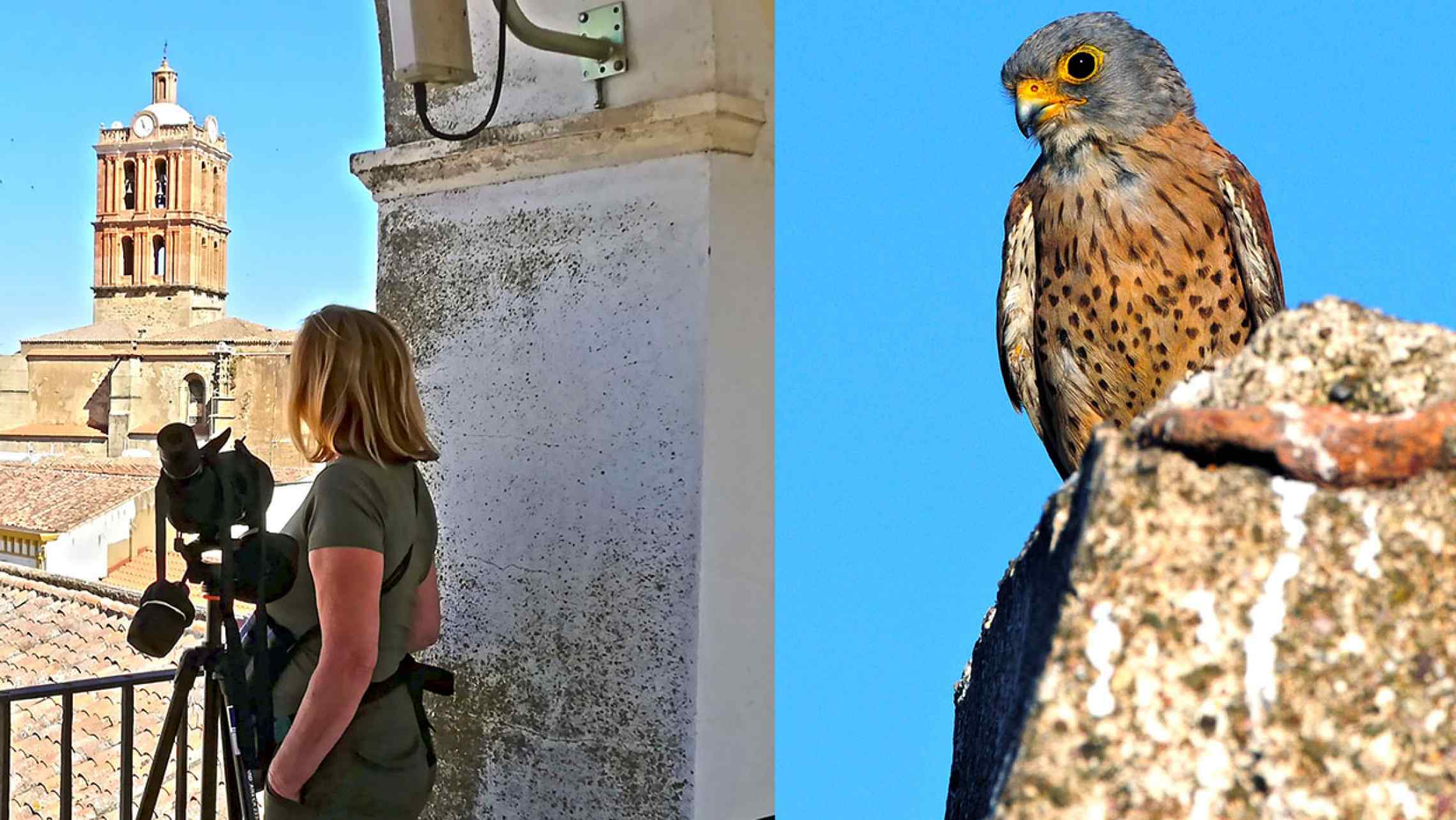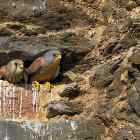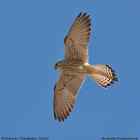In the last year of the LIFE-ZEPAURBAN project, a complete census of all the urban SPAs that are part of its scope of action is planned. Nevertheless, following the criteria established by the scientific committee for the project (Action F2), in 2020 an attempt was made to count the largest possible number of SPAs in Extremadura in order to have information on population trends. To accomplish the aforementioned, taking into account the particular characteristics both in relationship with the demographic evolution of the species and its type and geographical location, the following SPAs were selected:
- SPA - Lesser kestrel colonies at the Monumental City of Cáceres (ES0000422).
- SPA - Lesser kestrel colonies at Casa de La Enjarada (ES0000428).
- SPA - Lesser kestrel colonies at Jaraíz de La Vera (ES0000431).
- SPA - Lesser kestrel colonies and Cachón Park of Plasencia (ES0000534).
- SPA - Lesser kestrel colonies at Trujillo (ES0000402).
- SPA - Lesser kestrel colonies at Acedera (ES0000401).
- SPA - Lesser kestrel colonies at Guareña (ES0000404).
- SPA - Lesser kestrel colonies at Llerena (ES0000405).
Altogether, Terra Naturalis, the partner responsible for this task, recorded 425 couples in the eight urban SPAs -- compared to 368 in 2019, representing an increase of 57 couples in one year. The increase in the Cáceres SPA, where the number of pairs practically doubled, is particularly significant, as is the Llerena SPA, which seems to consolidate a very positive trend.
Likewise, there are several SPAs that show stability with slight year-to-year variations, as is the case of Acedera, Guareña, and Plasencia. Only in the Jaraíz de la Vera SPA has a significant population decline been detected, although the difficulties in conducting the census in this area may have influenced the final results.
Additionally, DEMA has carried out nest-to-nest monitoring at the La Purificación Church, Almendralejo SPA, where in 2020 there were 39 pairs, compared to 28 in 2018.
We will have to wait for the 2021 census to check the population in all the urban SPAs, and see if the aforementioned data is confirmed -- even so, the results obtained so far are very encouraging. Especially gratifying for the LIFE-ZEPAURBAN Project team is the case of the Monumental City of Cáceres SPA. In this SPA, the new pairs seem to have preferentially selected the nesting sites made available to them under Actions C1 and C2.







